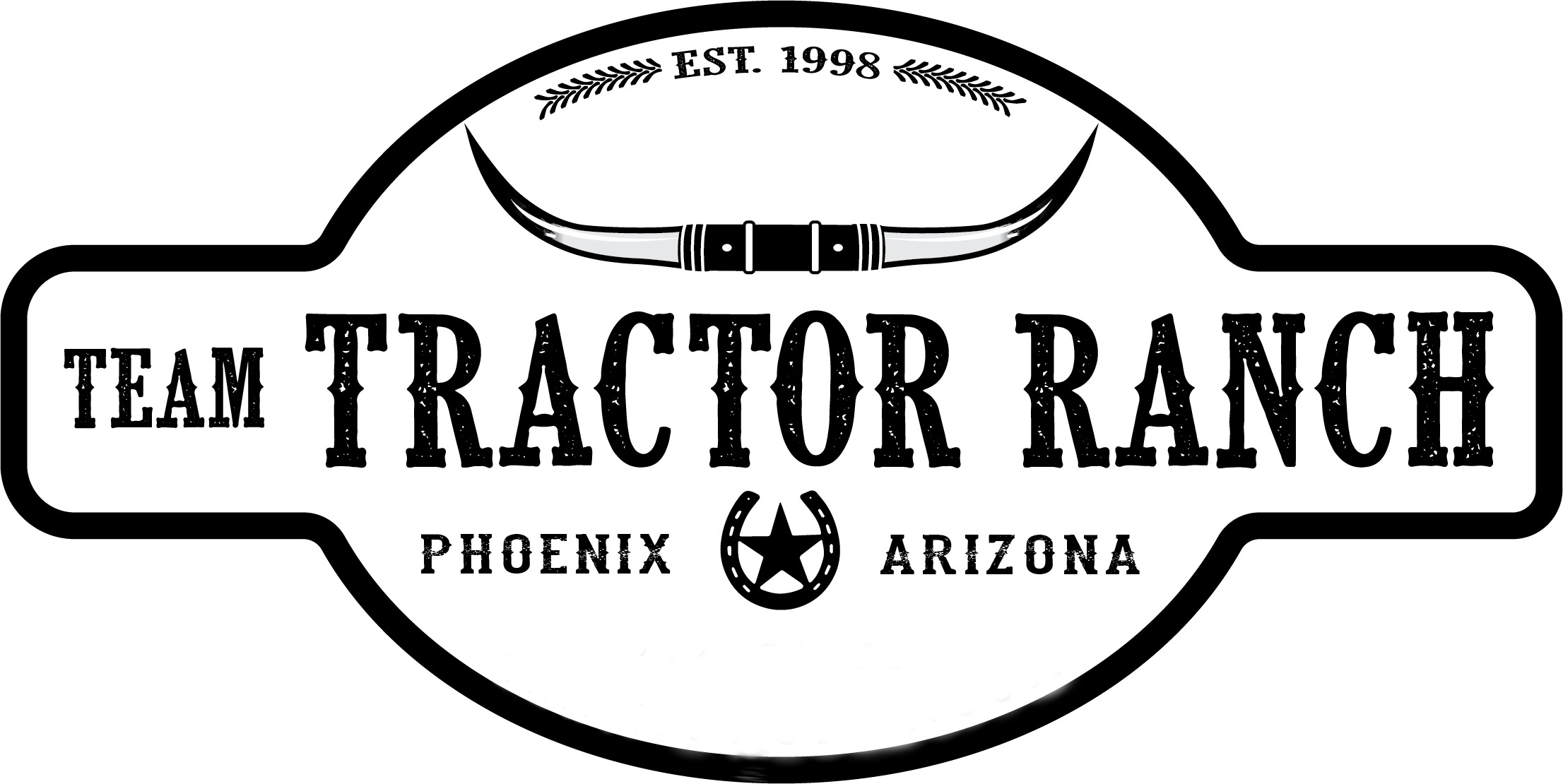I Need a Tractor ROPS
If you’re not familiar with a ROPS, there’s a good chance the machine you’ve been operating has one and you didn’t even know. Found on many types of heavy equipment, it’s a system of bars designed to keep the tractor from flipping over completely and crushing the operator beneath the weight of the machine. The structure only allows the tractor to overturn at a 90 degree angle. This provides an opportunity to get out of a dangerous situation should something go wrong.
There are three common types of ROPS, each with unique properties...
Two-Post ROPS
A two-post ROPS is the most common type. It can be found equipped on tractors. A two-post features two upright posts mounted at the rear axle with a crossbar at the top connecting them.
For added convenience, the two-post ROPS is foldable. This helps navigate tight spaces like a tree-filled orchard or a low-clearance garage. It’s important to remember that if the ROPS is folded down it doesn’t provide protection. Always lock the structure back into place after use.
Four-Post ROPS
The four-post ROPS isn’t found as frequently, but still offers essential protection. In comparison to the two-post, the four-post attaches upright posts at the rear axle as well as on the frame in front of the operator. In many cases -- such as the Yanmar SA424DHX -- the structure will also include a canopy across the top. The canopy provides weather protection and allows for the attachment of an optional soft-side or hard-side cab.
ROPS with Enclosed Cab
While the ROPS stands as its own feature, it’s sometimes paired with an enclosed cab. The cab offers a full glass enclosure with roof protection exceeding the ROPS coverage. This element is attached to the chassis during manufacturing. You can find several tractors equipped with this.
ROPS Safety Requirements
Accidents from tractor overturns are nothing new. Regulatory bodies in the United State have been working to promote ROPS adoption across the agricultural industry for years. In 1976, the Occupational Safety and Health Administration (OSHA) introduced a requirement that a ROPS and a seatbelt must be provided on any tractor operated by an employee. Further, the American Society of Agricultural and Biological Engineers established a voluntary safety standard in 1985. It encouraged tractor manufacturers to equip all new tractors with a ROPS.
Barriers to ROPS Adoption
With such a straightforward safety feature, it seems surprising many tractors would still not utilize a ROPS. However, it’s not because tractor manufacturers have refused to implement them. Rather, there are a significant number of machines still in use built before ROPS standards were widely adopted. While there are kits available to retrofit older models, many operators don’t want to sacrifice downtime and additional expense.
Additionally, tractors imported from other countries may not have the same safety standards and features. Commonly known as “gray market” tractors, they are brought to the United States for resale without the consent of the manufacturer. To make sure your tractor has all of the modern and required safety features, work with your dealer.
How to Reduce the Risk of Tractor Overturn
According to data from the National Institute for Occupational Safety and Health, 45% of tractor-related fatalities(opens in a new window) in the United States are due to tractor overturns. Though this is incredibly rare in tractors equipped with a ROPS, it never hurts to brush up on best practices.
Here are a few simple tips to help keep your machine upright:
- Always wear your seatbelt when the tractor is in use.
- Read the owner's manual to understand the operation of safety features.
- Make sure the tractor is properly ballasted to distribute weight evenly.
- Run the tractor up and down a slope instead of across as much as possible.
- When on a slope, run the tractor in a lower gear range for more control.
- Always keep the tractor in gear while operating on slopes and hilly terrain.
- Be aware of your surroundings and watch for loose terrain, rocks, stumps, and other obstacles.
- Always lock the foldable ROPS back into its upright position after use in a low-clearance area.
- If using a front-end loader, keep the loader as low as possible at all times.
When you operate your tractor with caution and common sense, reducing risk and getting the job done safely is never in question.
If you need any further help or have any questions about service, tractors, implements, or anything else equipment-related, please contact your dealer, local mechanic, or call us at 602-734-9944. Please ask about our current new and used tractor supply.
If you are looking for old, vintage, classic, or new tractor parts, send us a part request.
Team Tractor Ranch - #1 Tractor Dealer in Arizona. We sell and service most major brands of tractors including Yanmar, Kubota, John Deere, TYM, Mahindra, Kioti, Case, New Holland, Massey Ferguson, Ford, Deutz, Case IH, Farmall, International Harvester, Branson Tractors, LS, Shibura, Claas Tractor, McCormick Tractors, Valtra, Solis, YTO, Montana, and Nortrac.
